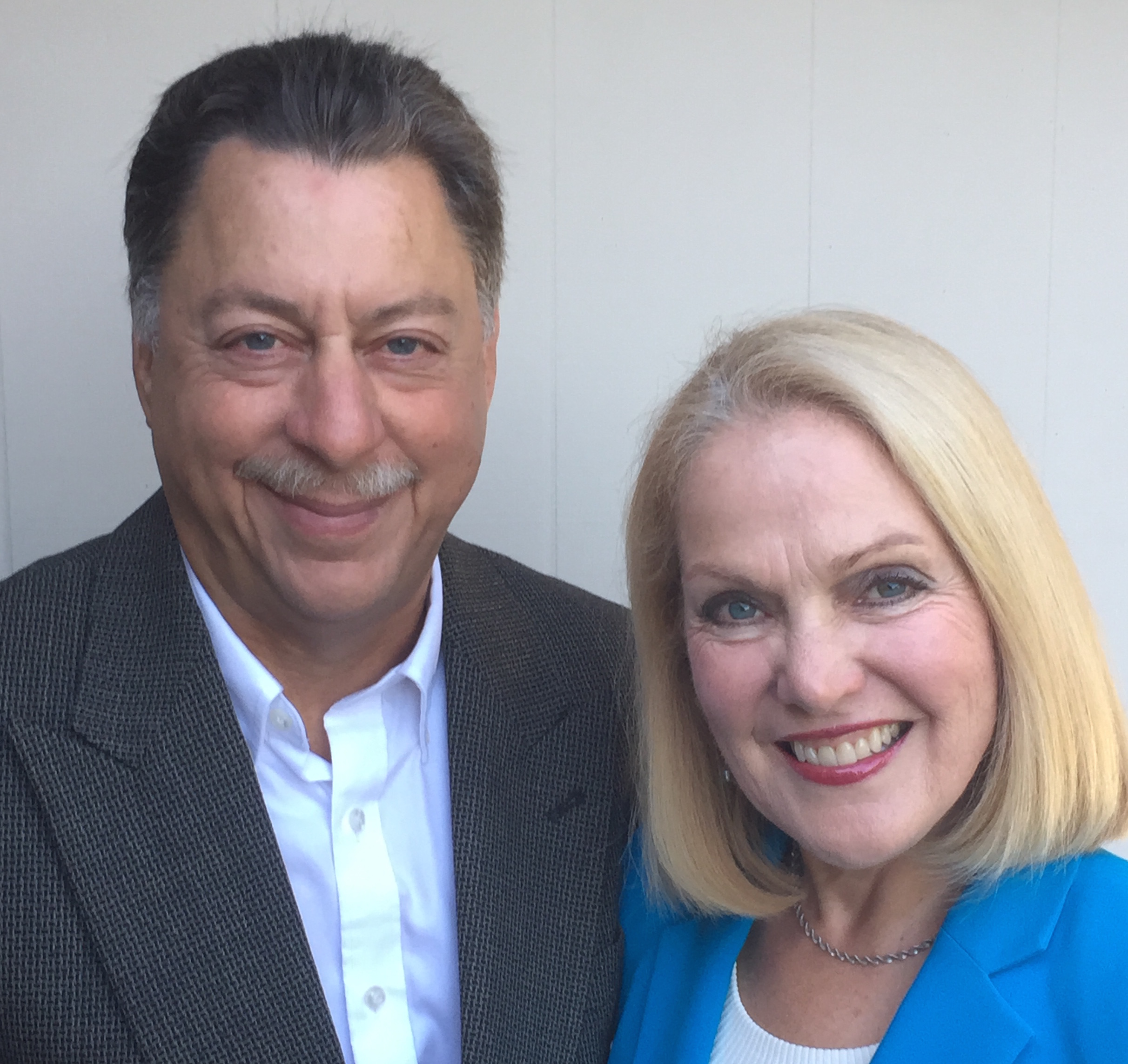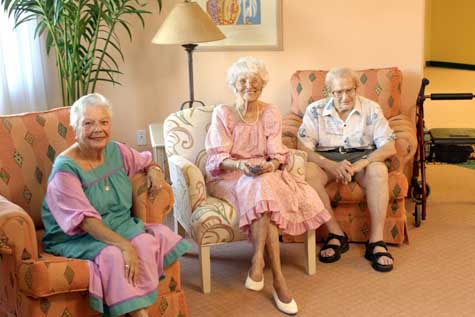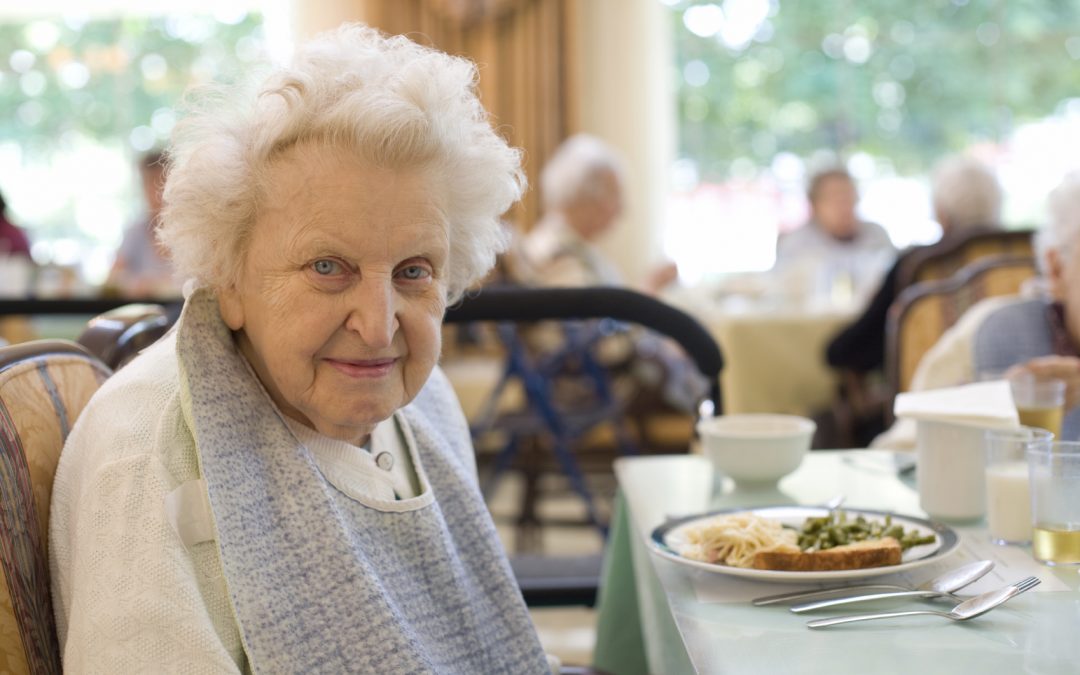
Your Aging Clients Living Alone: The Dangers They Face
If you have any older clients, this real case is one you should know about. Here at AgingInvestor.com, where we also serve families of your clientele, we see some horror stories and this one should wake us all up. It really happened. We think it could have been prevented if only someone had acted sooner. The names are changed, but the facts are not. Imagine that this 83 year old man is your client. You’ve known him over many years. He is what some refer to as an “elder orphan”. He has no kids, He’s widowed and was always very independent. No one paid much attention to him as he aged. He had about $1M invested, and his advisor figured that at his rate of withdrawal, he would be fine, probably for his life expectancy. It never dawned on his advisor to ask about his safety at home, whether he needed any help day-to-day, or if he had identified a trusted contact. Right now, after horrible abuse lasting four years, he is lucky to be alive. “Tony” lived alone and took care of himself. But he was getting frail and it was getting hard to get the grocery shopping done. While at the market, a checker seemed to befriend him and asked if he needed help at home. He agreed that he did. What he didn’t know was that the checker, Mae, who had no caregiving experience, had targeted him. Her evil intent played out. Almost immediately after offering to help, she moved into his house. His advisor never asked about his relationships at the annual portfolio review, and the adage “know your client” was ignored. Mae swiftly got control over his life and finances. The help Tony needed became her weapon. She refused to take him to the doctor or dentist despite severe hip pain and dental problems. He needed food, but she deprived him until he did as she demanded, giving her Power of Attorney. She went so far as to force him to marry her, taking him to another city, and then threatening to dump him there unless he married her secretly. He was helpless to resist. Changes to the authorized signatory on his account happened, but the advisor thought nothing of it. He never asked. Tony appeared to be suddenly married, but the advisor just changed documents and never had a conversation with Tony about it, despite his being 83 at that time. As his “wife” Mae seized his bank accounts, pension deposits, safe deposit box with gold in it, and all of his valuables. She isolated him from everyone who knew him. He was cut off for years, trapped and not knowing how to escape. She hit him, left him in ragged clothing and threw his dog against the wall. He had some memory issues but he did remember he had nieces and nephews. When Mae was out of the house one day, he made a desperate call to his nephew, with whom he had been close in years back. He begged for help. The nephew sprang into action. He summoned his 3 siblings, including one out of state, and together, they rescued Uncle Tony and brought him home. Tony’s nephew knew a lawyer who got an emergency court order to remove the “wife” from Tony’s house. Mae had to be escorted out by the police who initially resisted because Tony and the caregiver were married. It was stunning how the police believed the evil caregiver and not Tony nor his family members. Even with a court order in hand, the police were hesitant to evict Mae. His two capable nieces took over and addressed his needs. One moved in with her uncle to protect him for good. Tony is safe at this time and Mae will never have access to him again. Lawsuits are pending. He may never get his money or valuables back but at least he has his home and some relatives to step in. Some elder orphans have no one. How did this happen while an advisor managing his account saw it being drained by his “wife” over time? This is the most important point of the story for any advisor with aging clients who are alone, with no nearby family to watch out for them. YOU the advisor need to be watching out. The Takeaways Tony, an “elder orphan” made an easy target. Think about your older investors. How many live alone and have no family? It is well worth your time to ask them. Five things every advisor should do with any older client who is living alone and has no family are these:
- Check in with your older clients as often as quarterly, rather than once a year. Ask questions about how things are at home. The $700,000 Mae stole from Tony could have paid for a lot of care or help at home.
- That suggestion by regulators that you should “try” to get a trusted contact for every client must not be an option. You must insist on getting a trusted contact, especially for elders. (We recommend you get more than one!) Elder orphans may not act promptly when suspicious activity comes up but you can. When Mae made constant withdrawals from Tony’s account, the trusted contact should have been called. He was 83. That’s a red flag by itself.
- Know your client. That means general living situation, whether any family is around, and some basics about their health and independence. It’s not nosy to ask. It’s part of your job.
Brutal people taking advantage of aging clients, as Mae did are out there looking for victims. When you know your client, and you are paying attention, you are like the family they don’t have: you can keep them safe. By Carolyn Rosenblatt, RN, Attorney, Consultant
 |
Dr. Mikol Davis and Carolyn Rosenblatt, co-founders of AgingInvestor.comCarolyn Rosenblatt, RN, Elder Law Attorney offers a wealth of experience with aging to help you create tools so you can skillfully manage your aging clients. You will understand your rights and theirs so you can stay safe and keep them safe too. Dr. Mikol Davis, Psychologist, Gerontologist offers in depth of knowledge about diminished financial capacity in older adults to help you strategize best practices so you can protect your vulnerable aging clients. They are the authors of "Succeed With Senior Clients: A Financial Advisors Guide To Best Practice," and "Hidden Truths About Retirement And Long Term Care," available at AgingInvestor.com offers accredited cutting edge on-line continuing education courses for financial professionals wanting to expand their expertise in best practices for their aging clients. To learn more about our courses click HERE |





